A collection of inspiring projects, including work from previous students of the TIME class.
[Home | 02024 Syllabus | Ideas | Resources | Gallery]
Student work
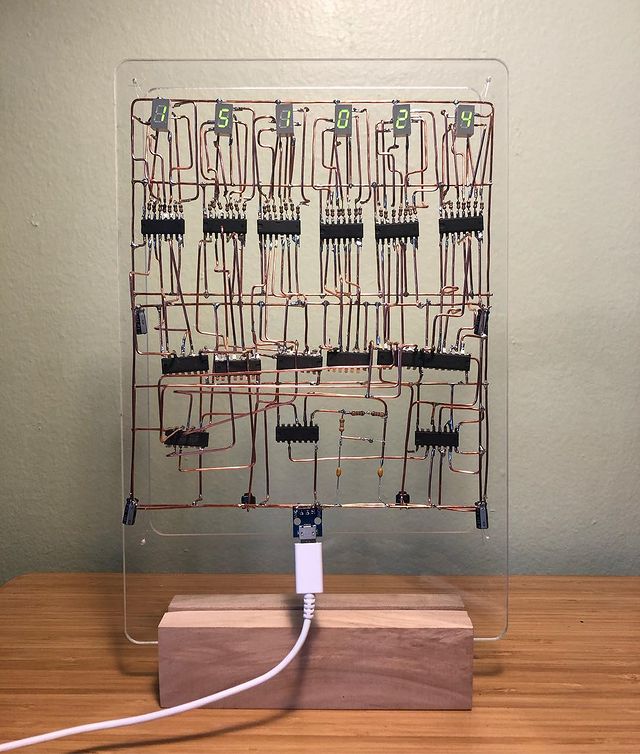
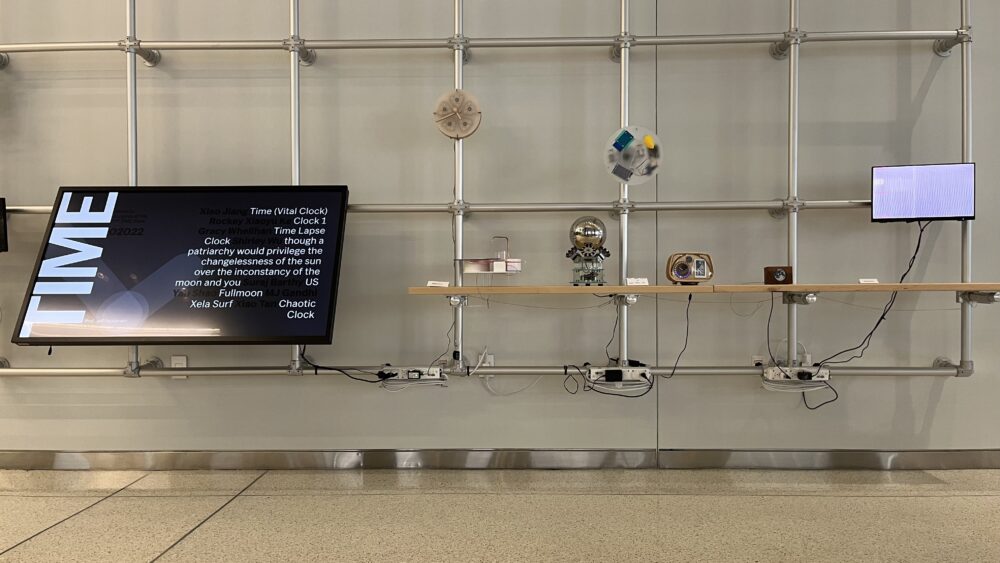
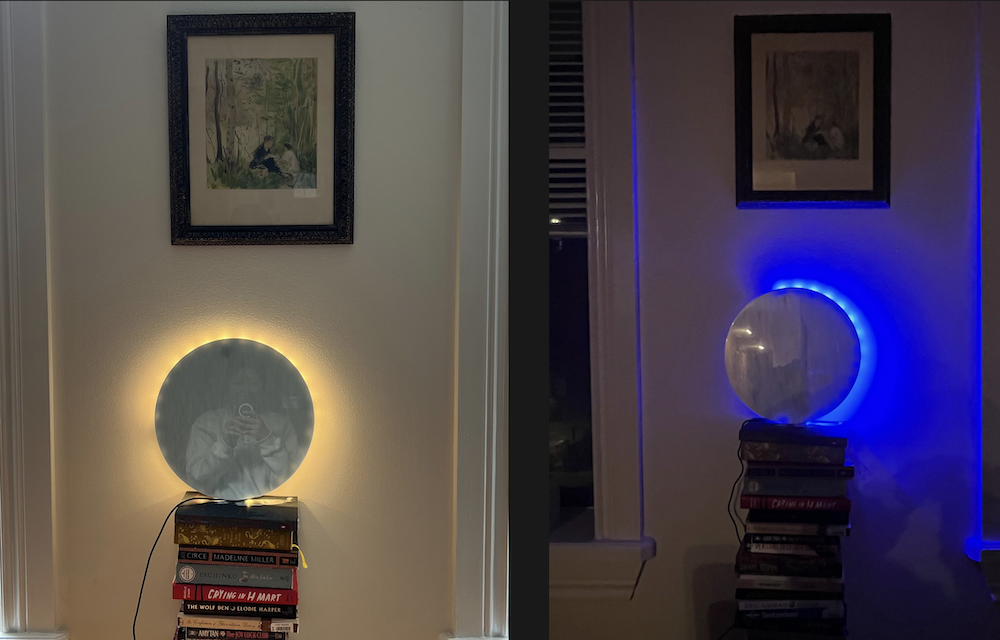

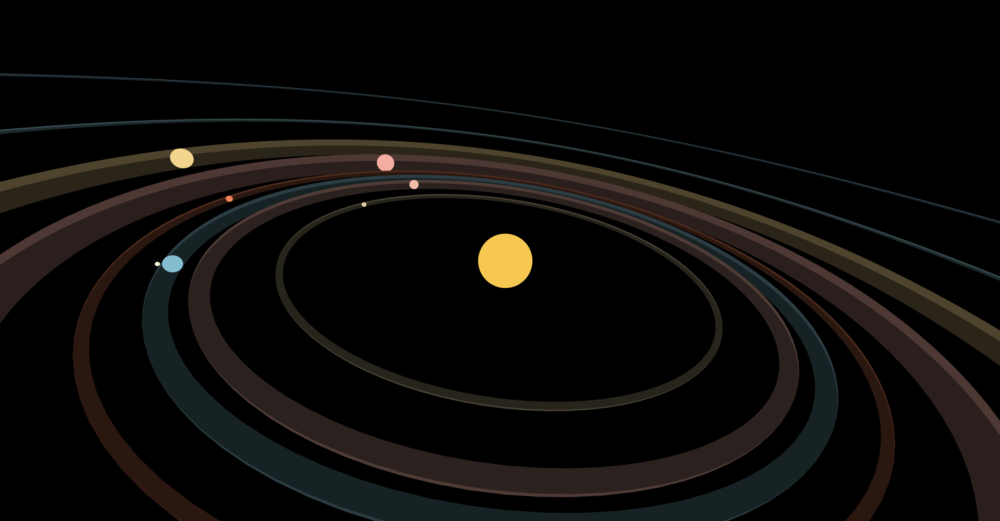
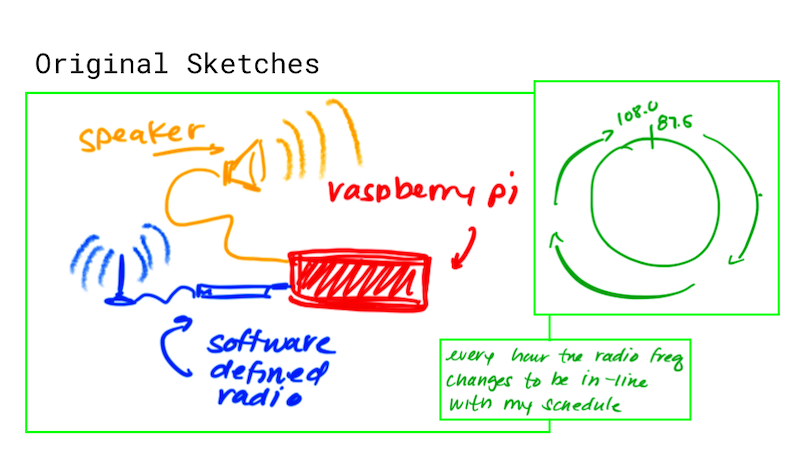
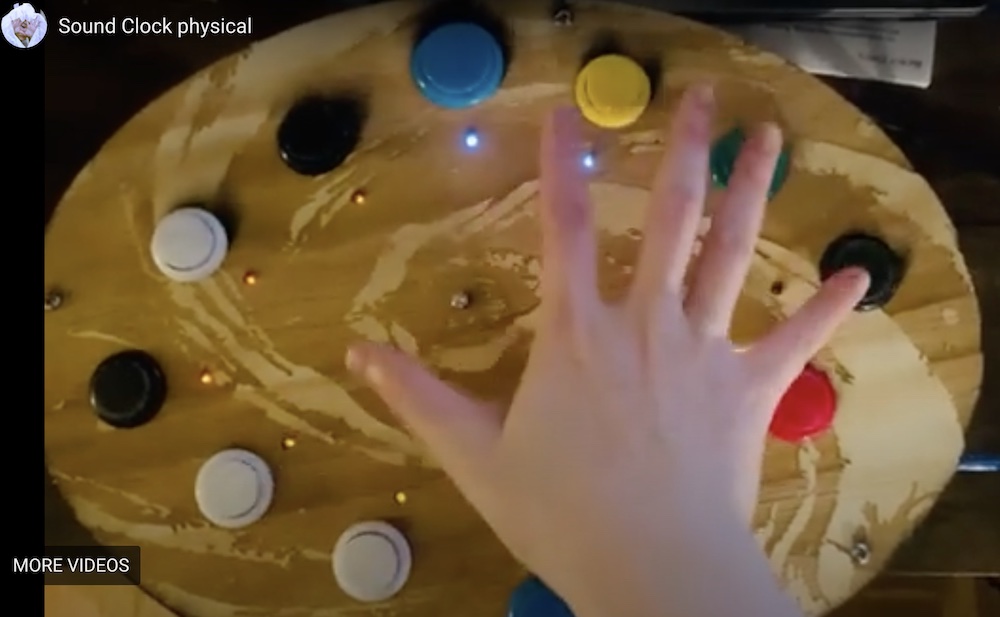
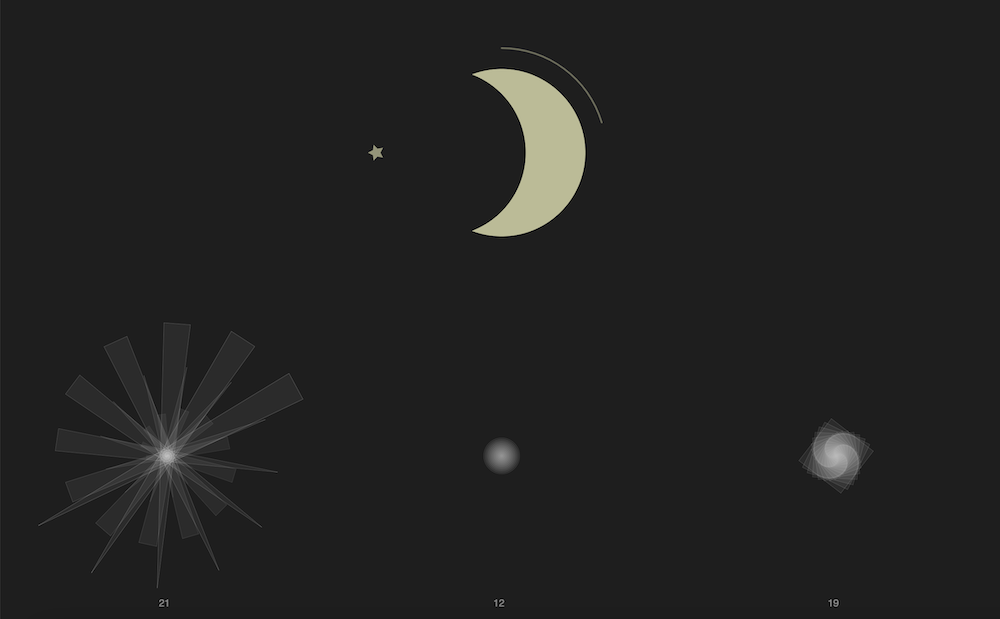
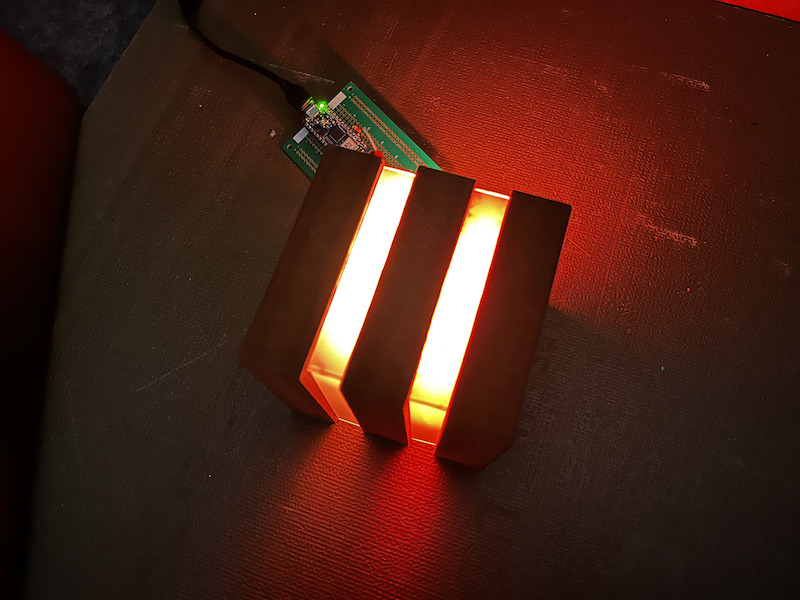
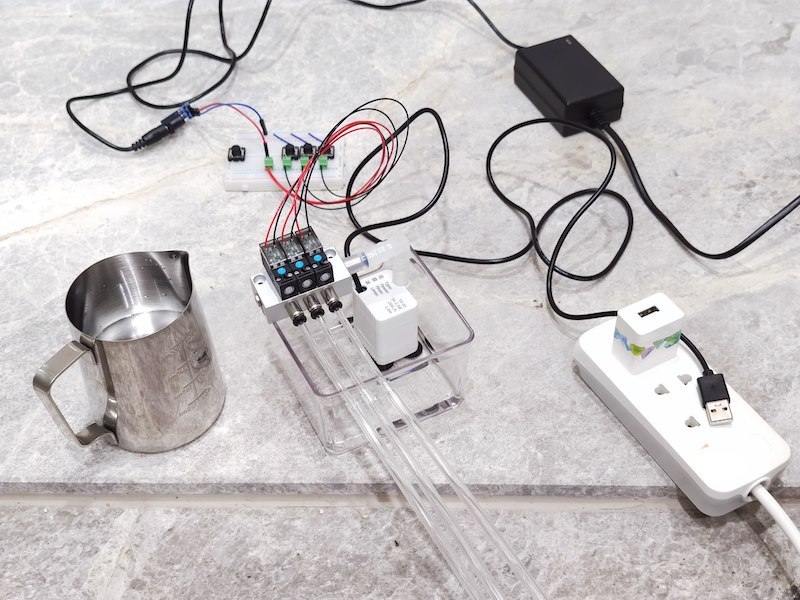
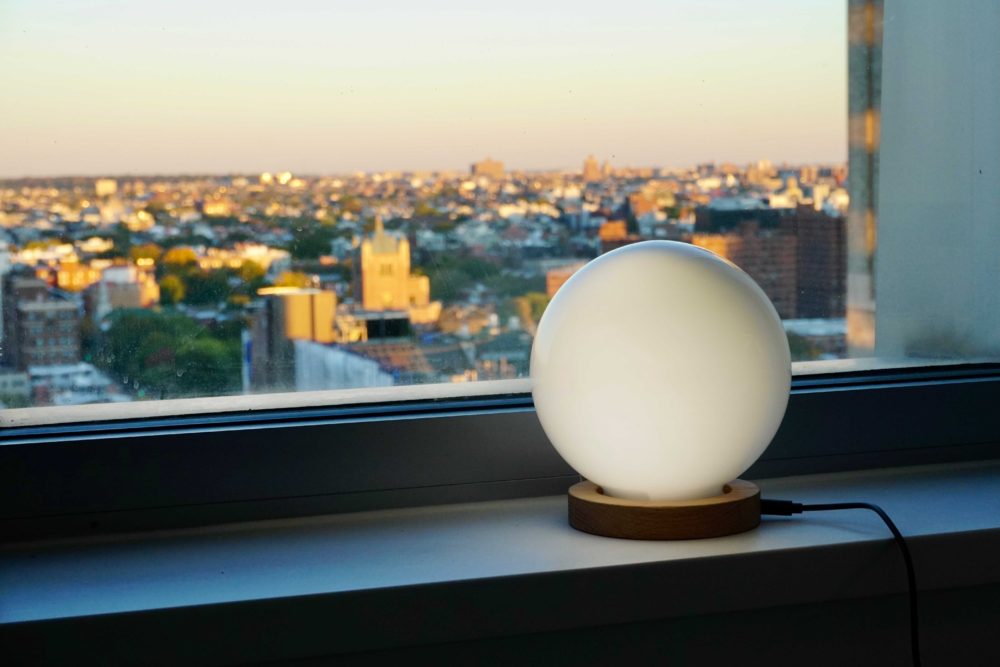
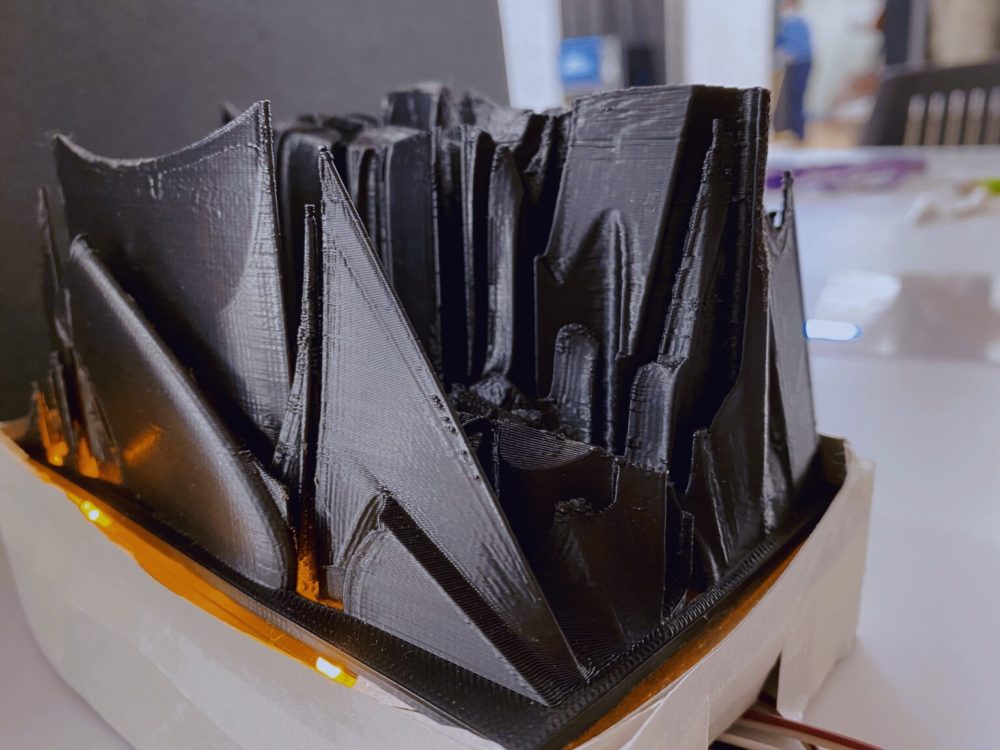
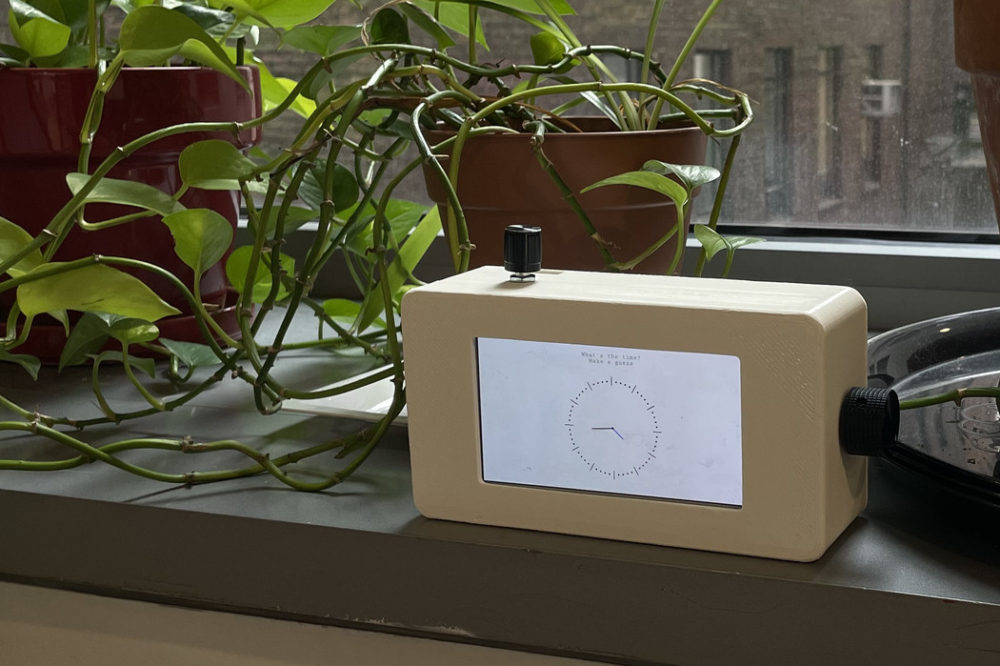
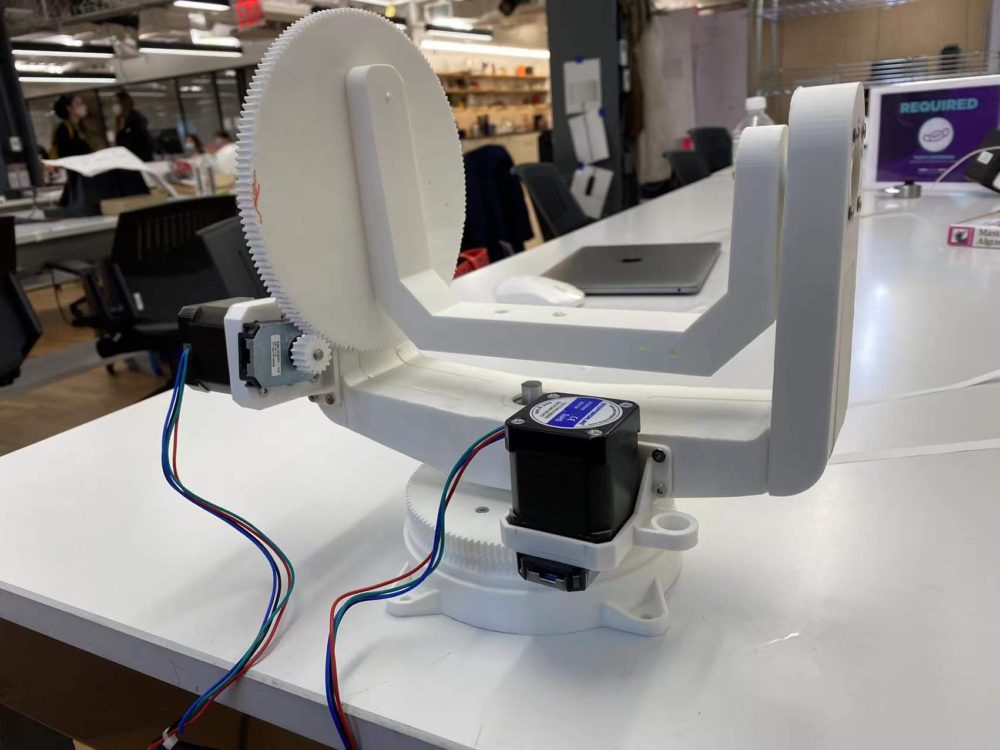
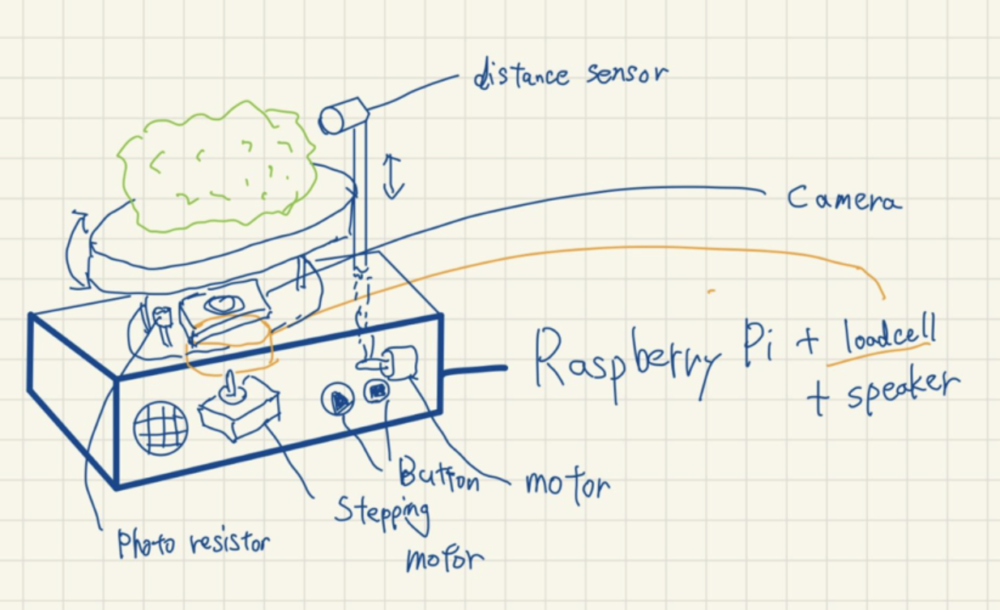
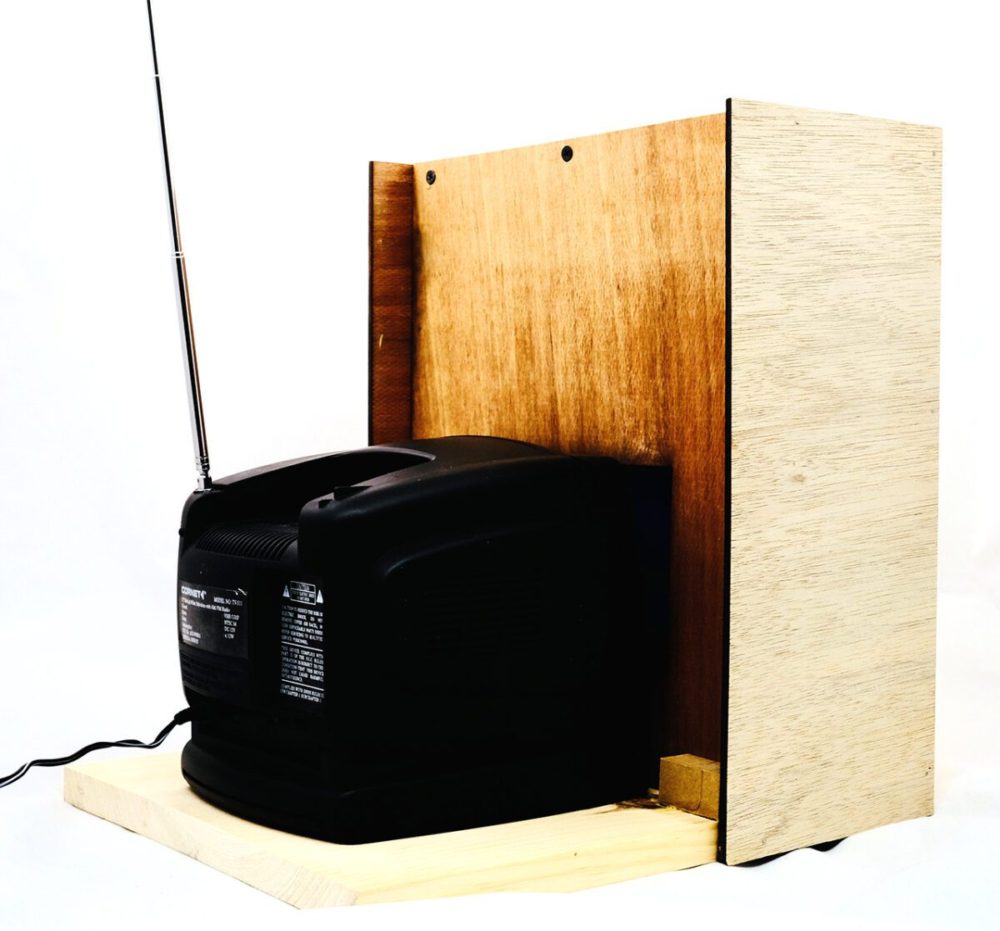
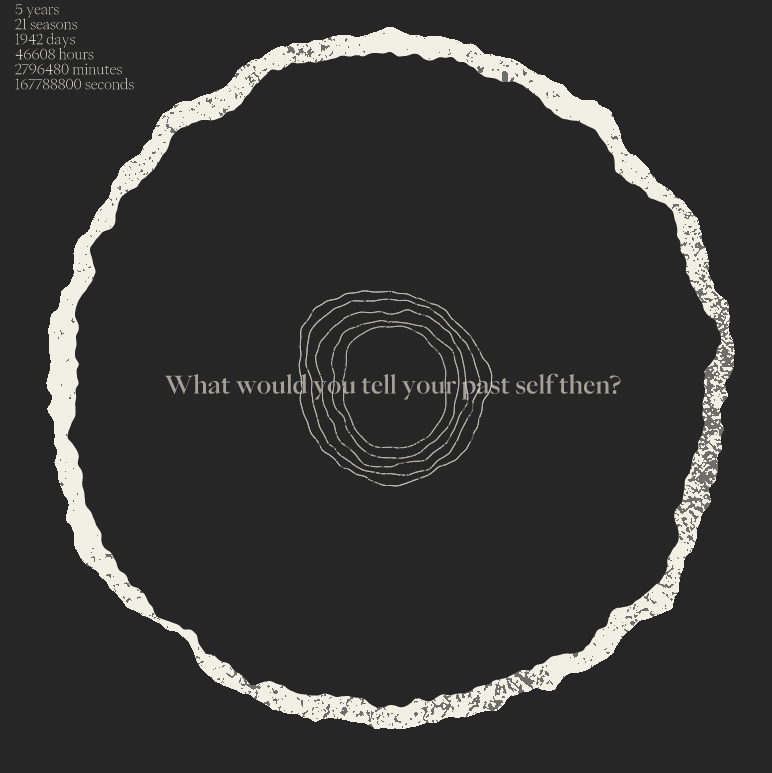
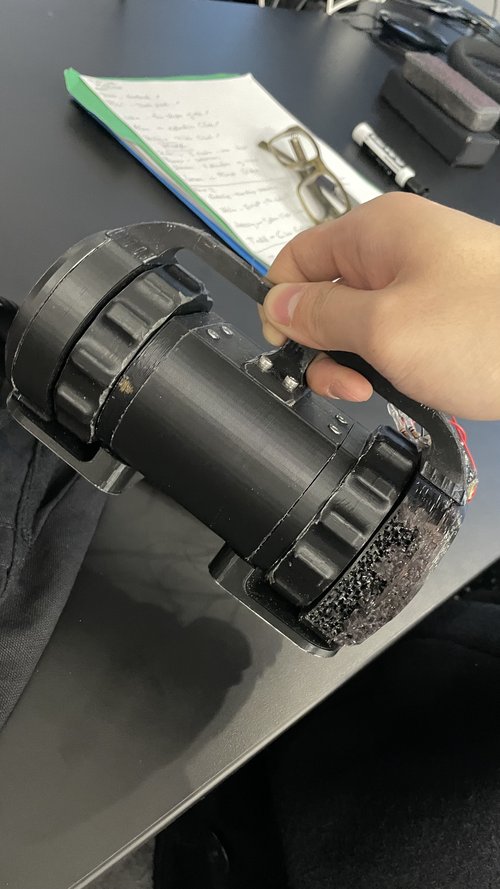
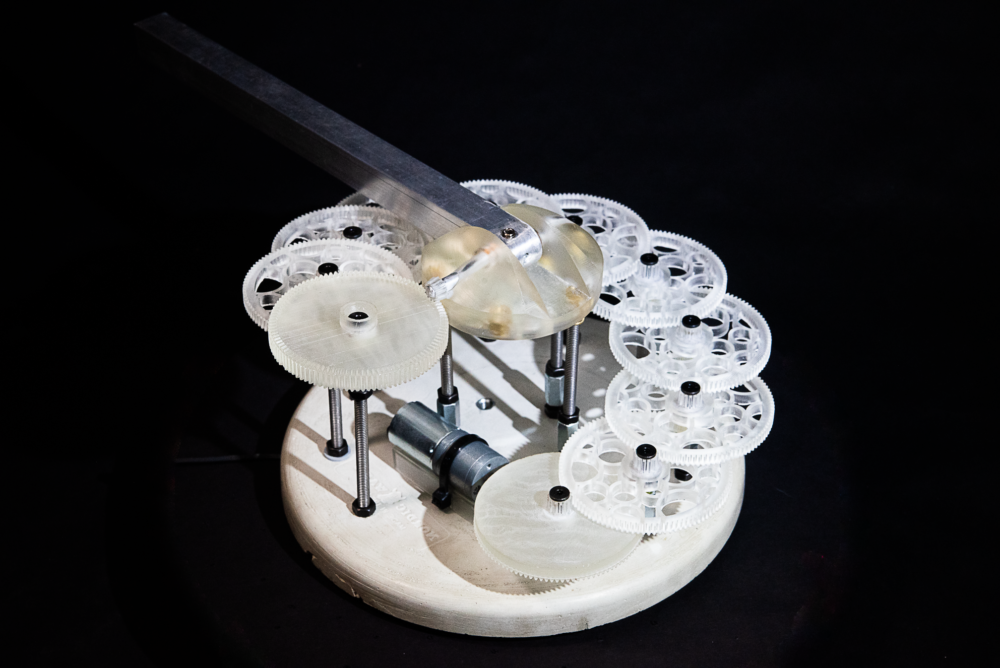
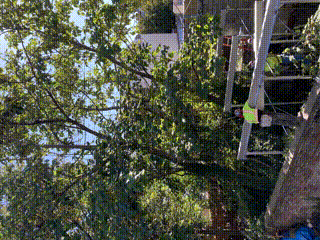
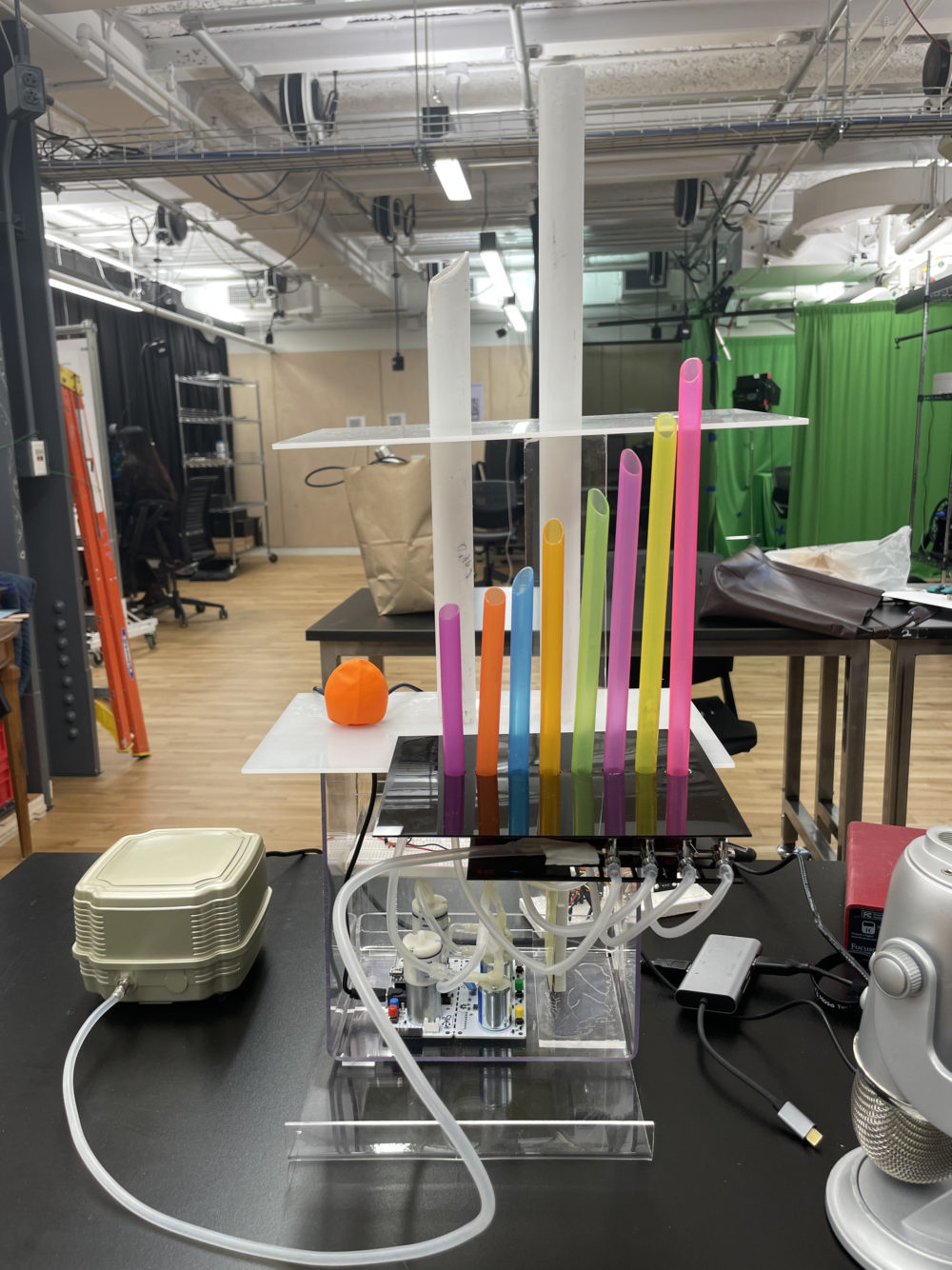
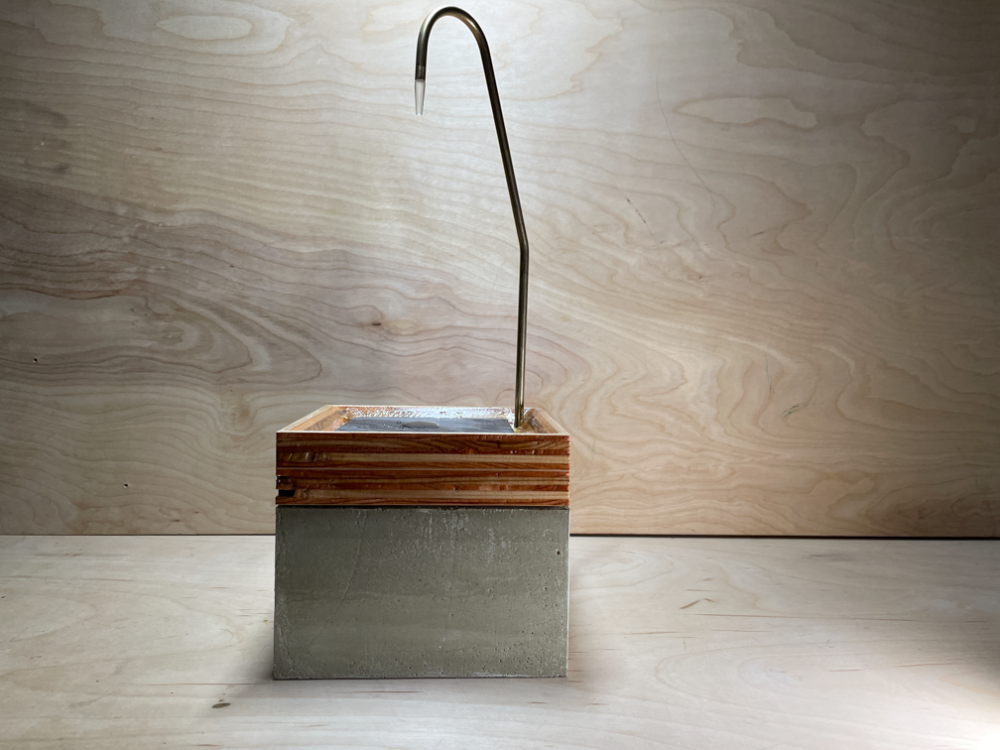
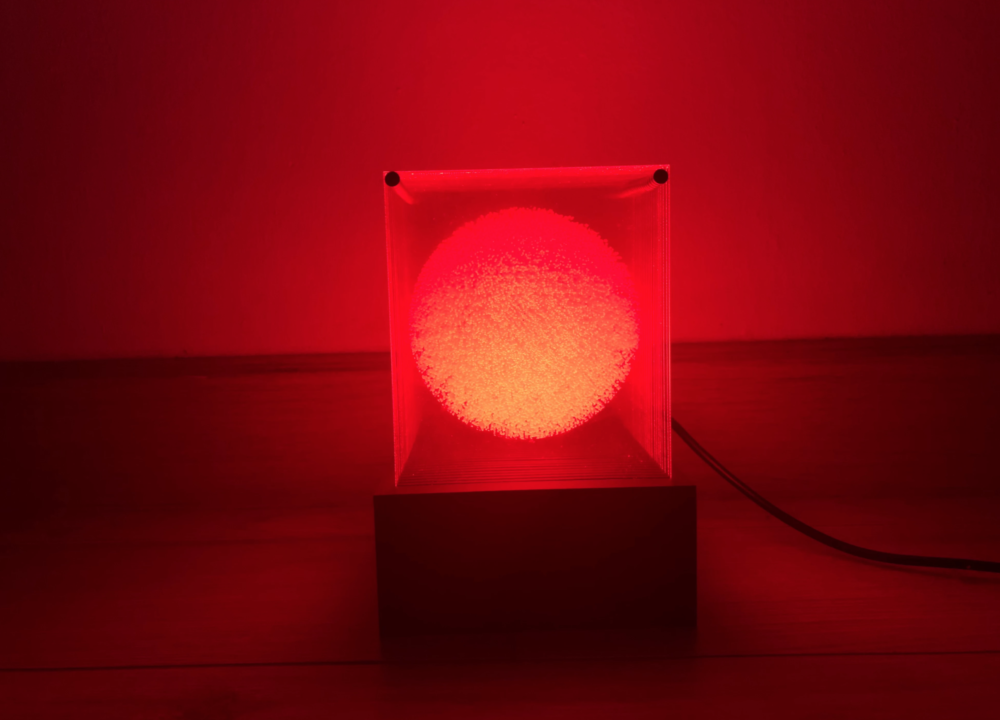
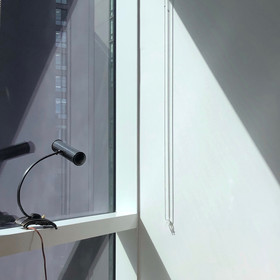
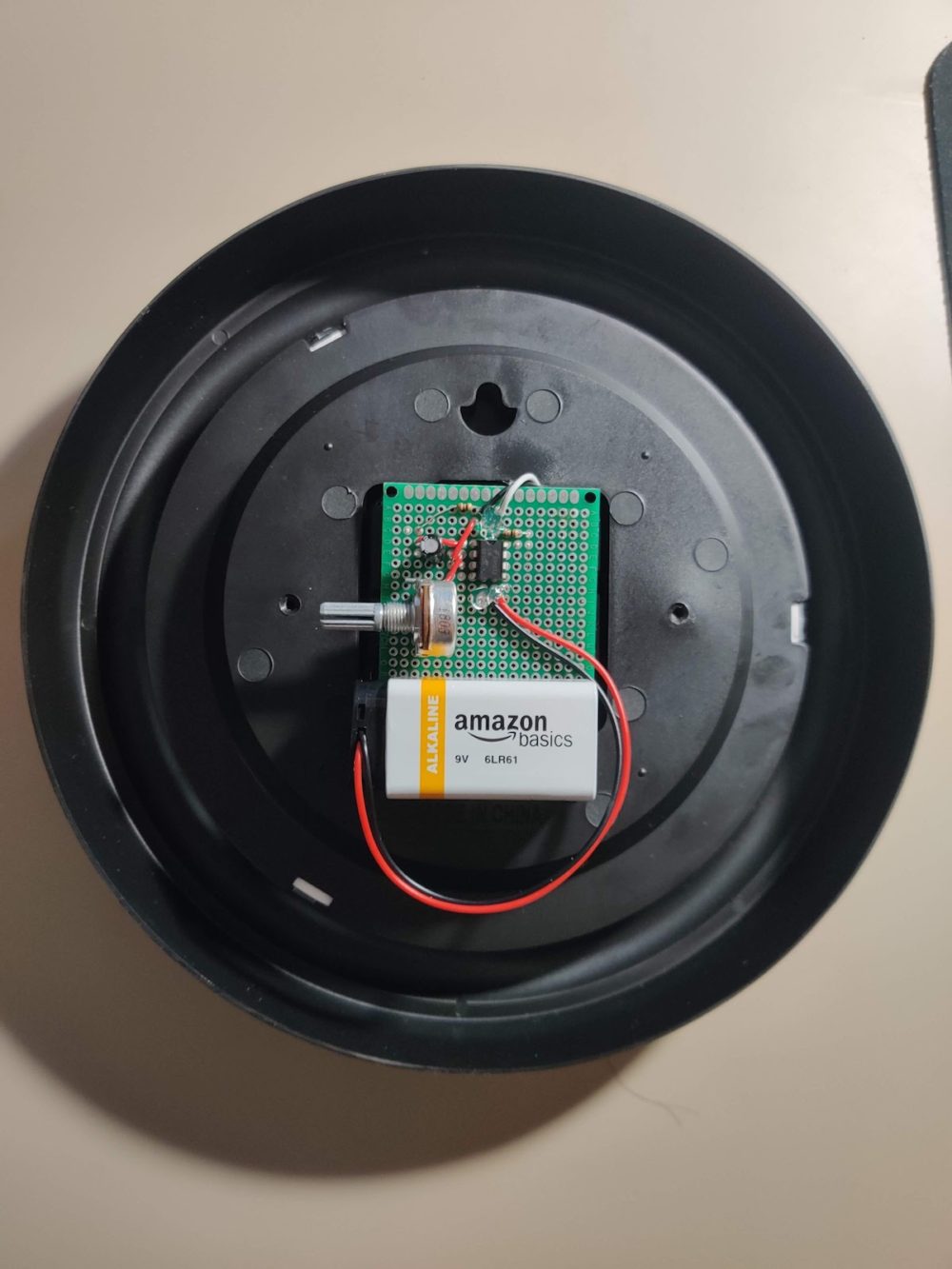
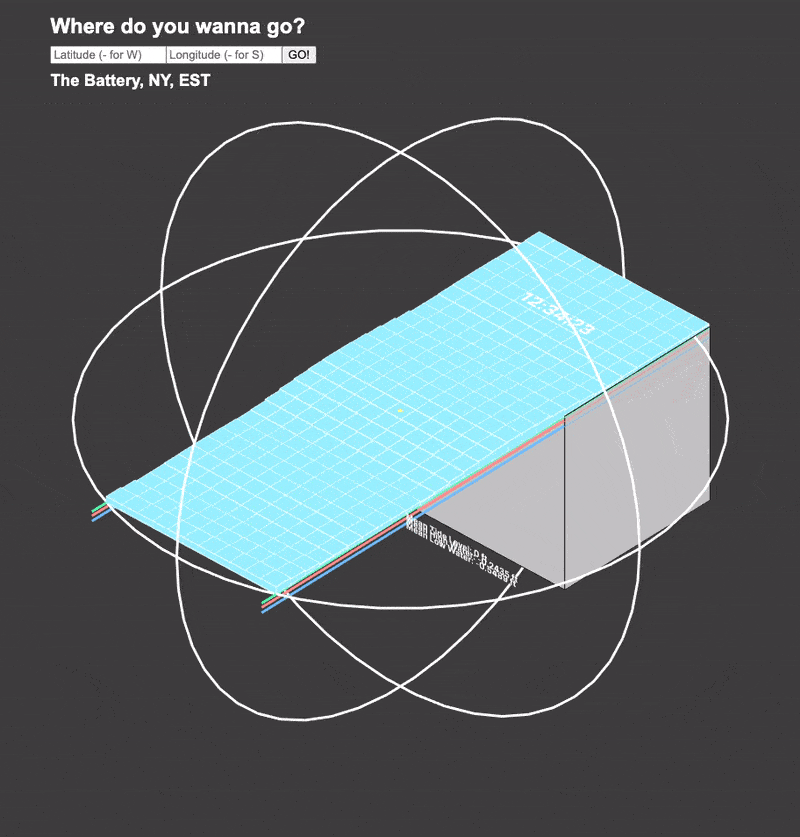
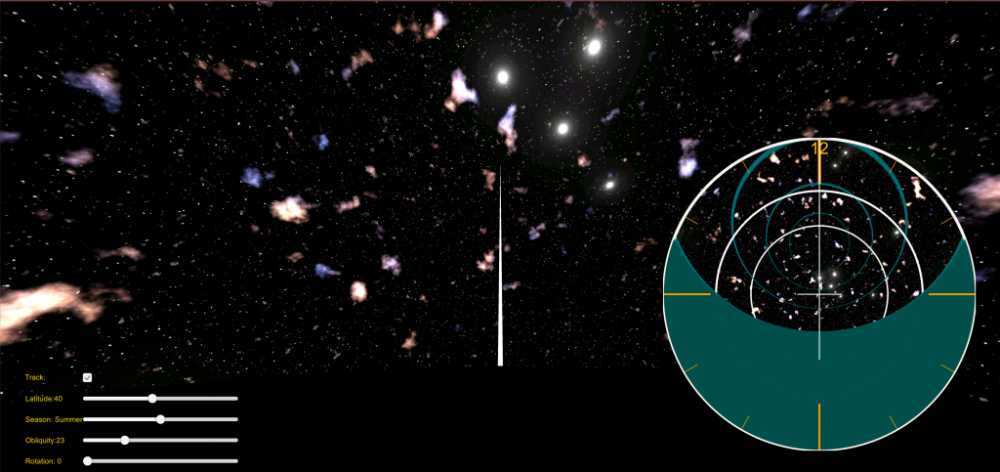

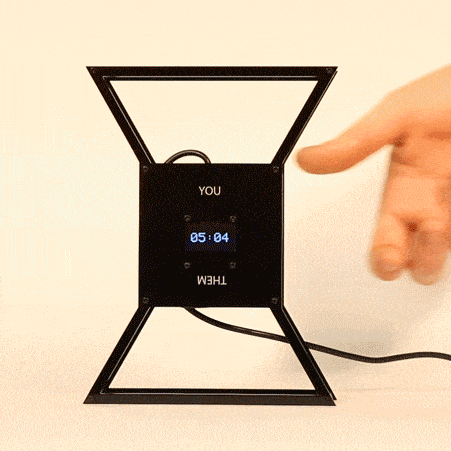

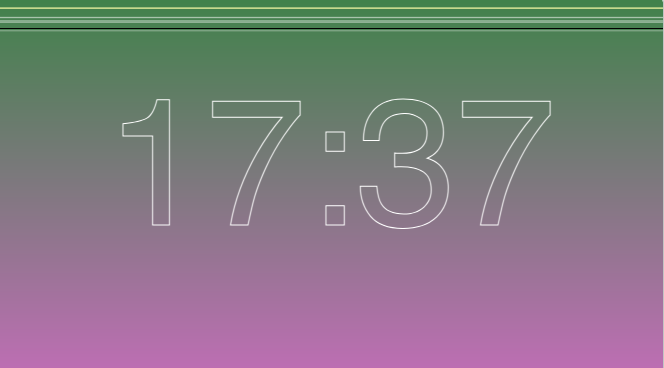
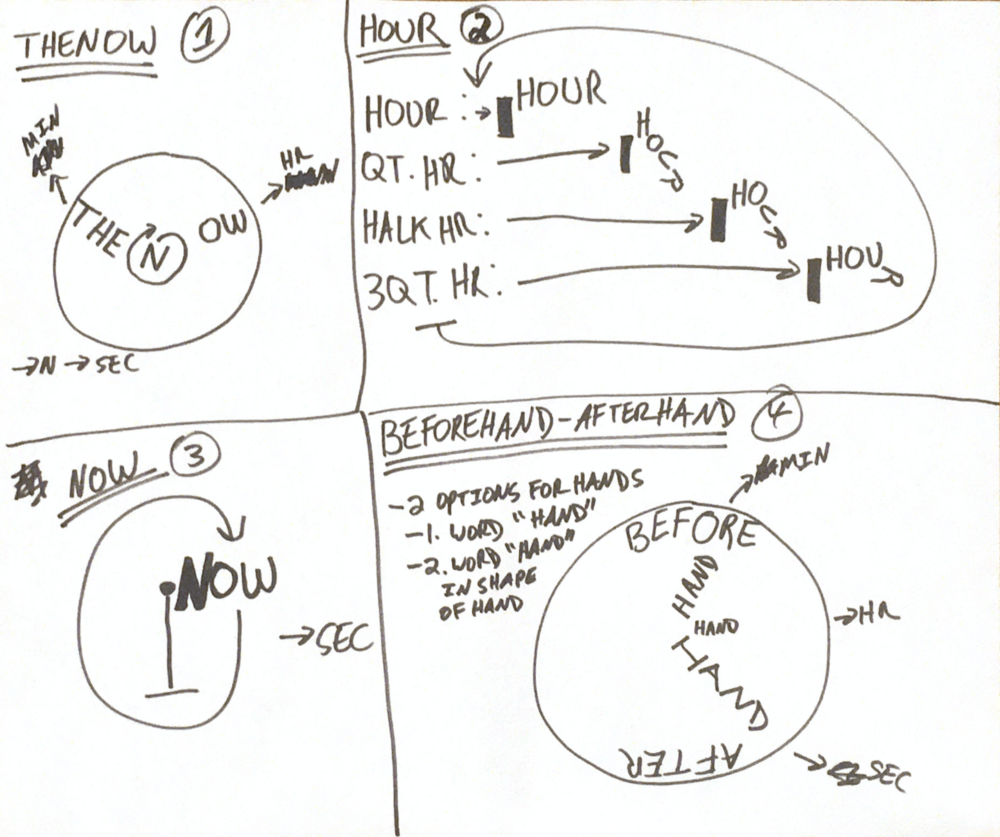
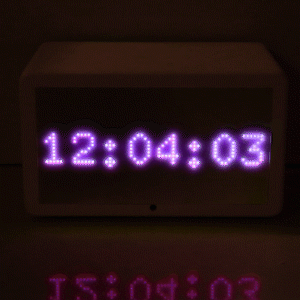
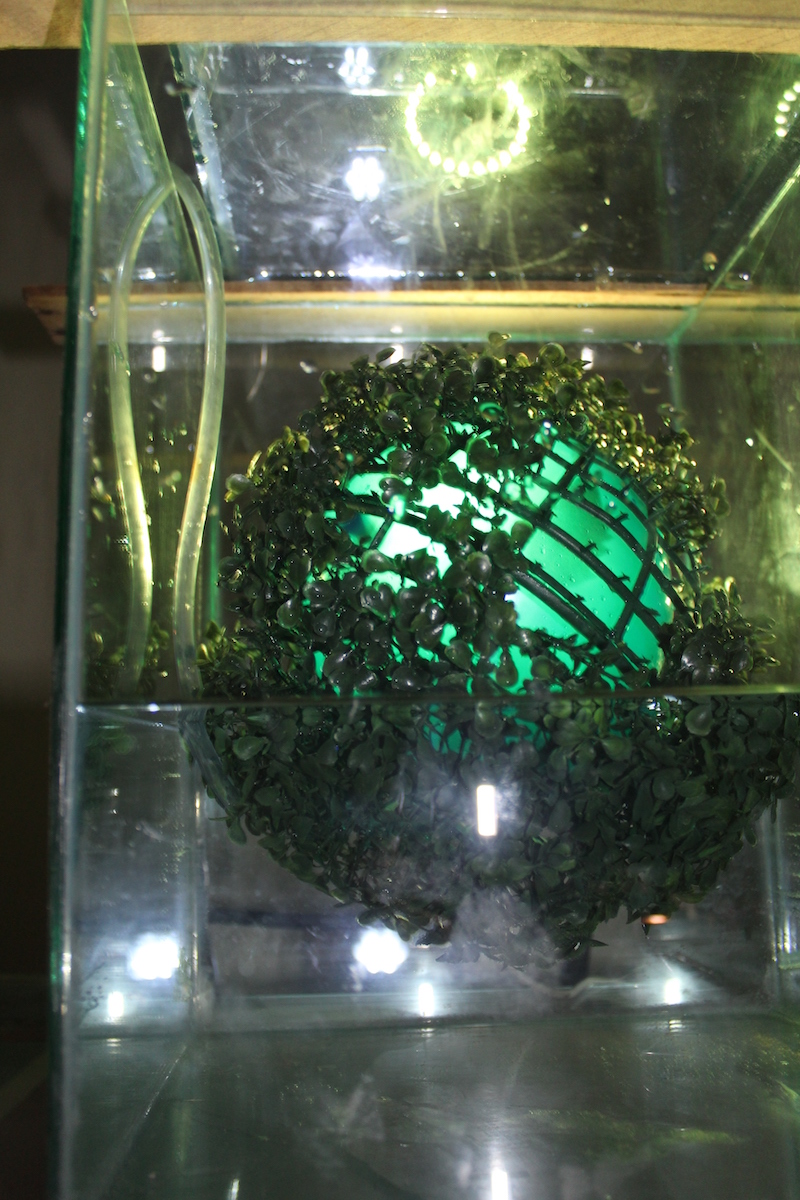
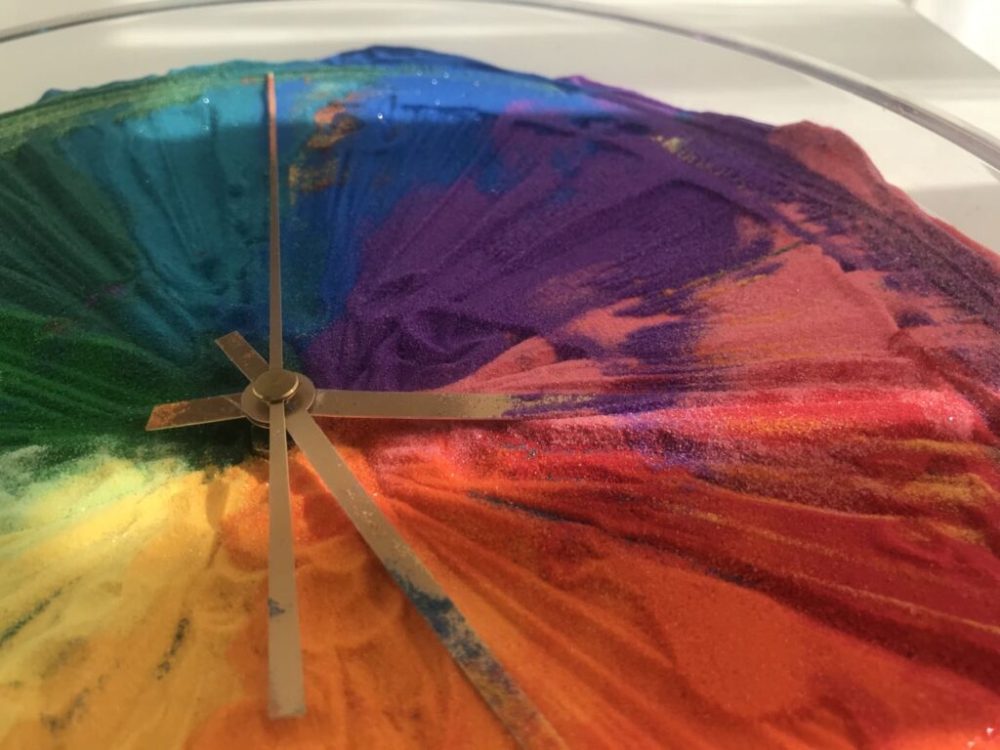

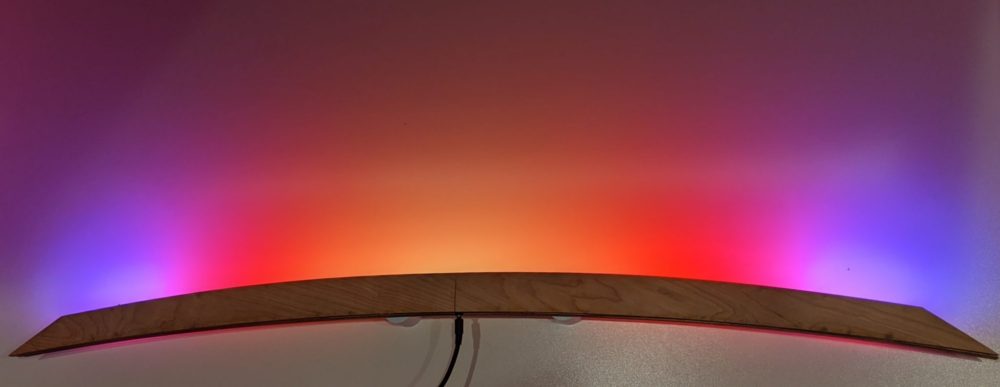
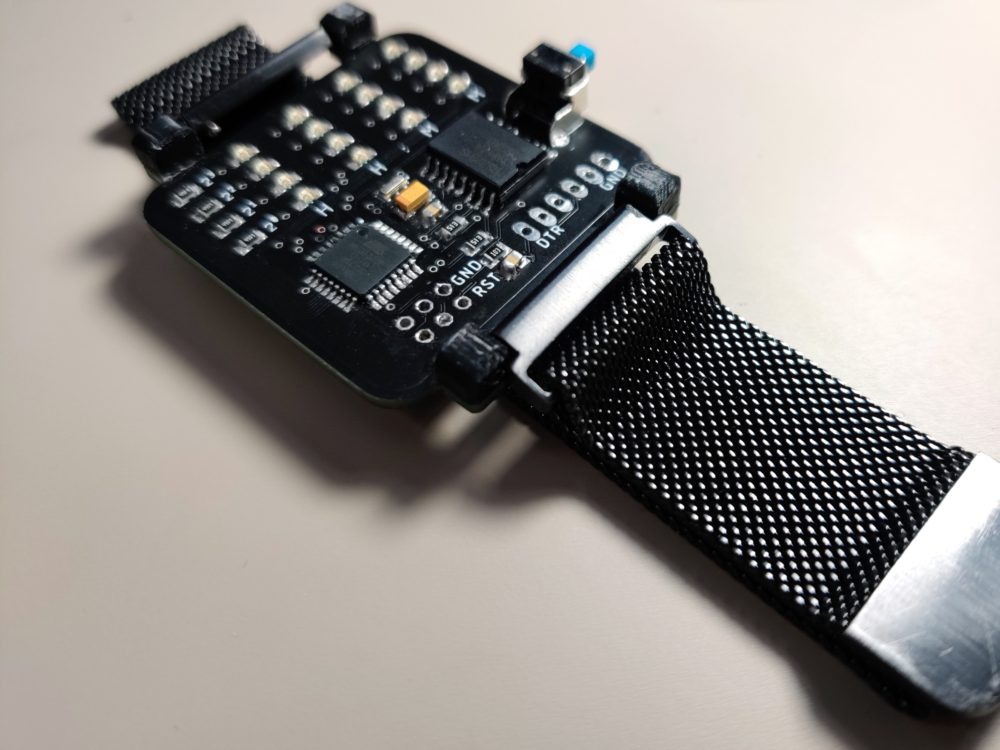
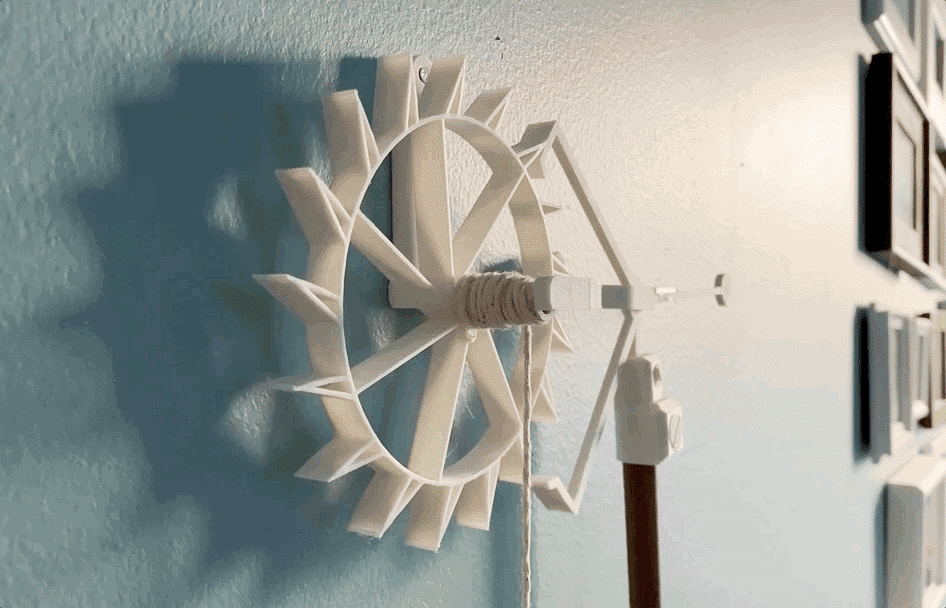
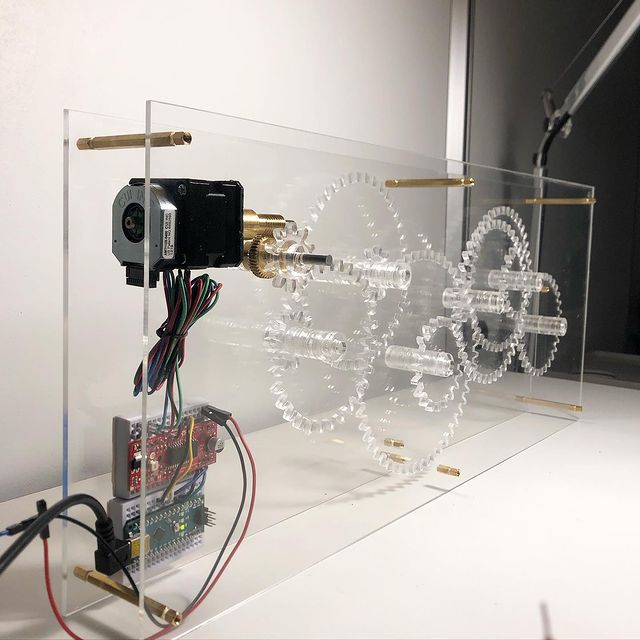
Other Artists
Heidi Neilson’s Moon Arrow always points at the moon.
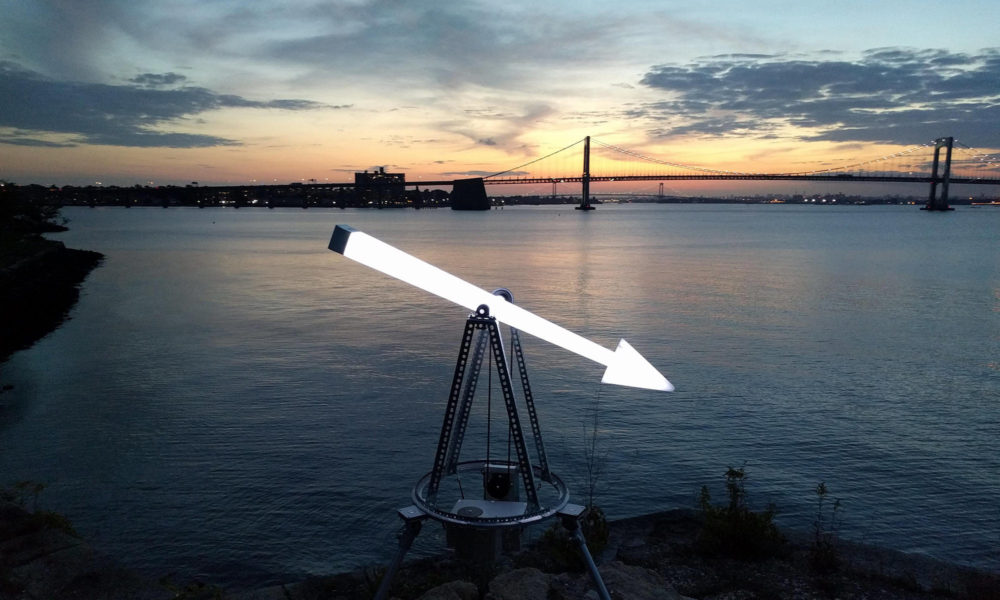
Quadrature’s Voyager sculpture always points at Voyager, and Positions of the Unknown tracks dozens of extra-planetary objects.
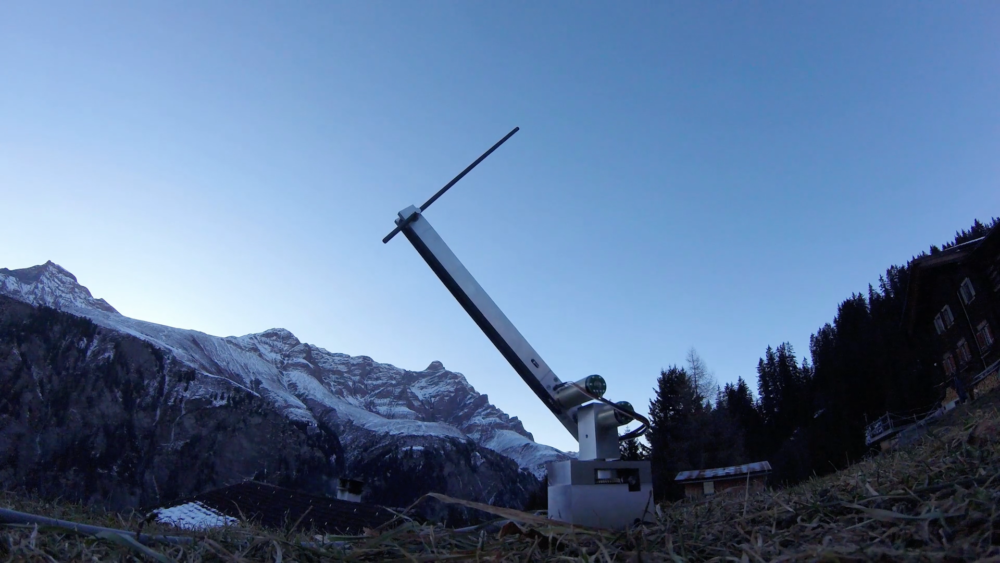
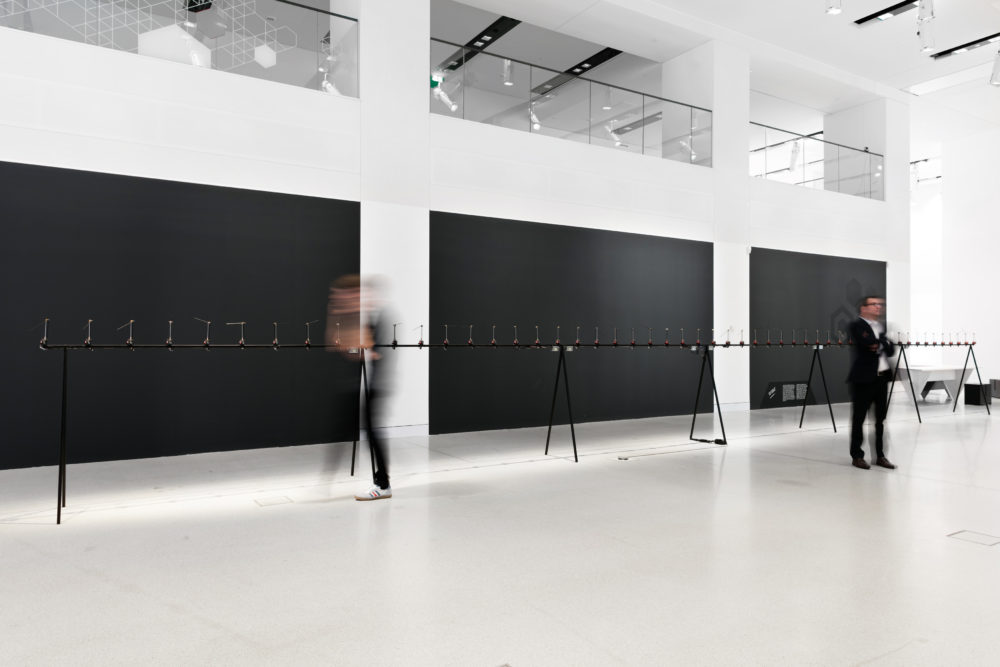
Many examples are compiled in the sometimes-updated (that’s on me) Clock Club Examples repo.
Ellen Nickle’s Synesthesia Clock.
Simone Giertz’s Every Day Calendar.
Half the stuff from CW&T! Especially: Time Since Launch and 3.16 Billion Cycles.
The work of Arielle Hein.
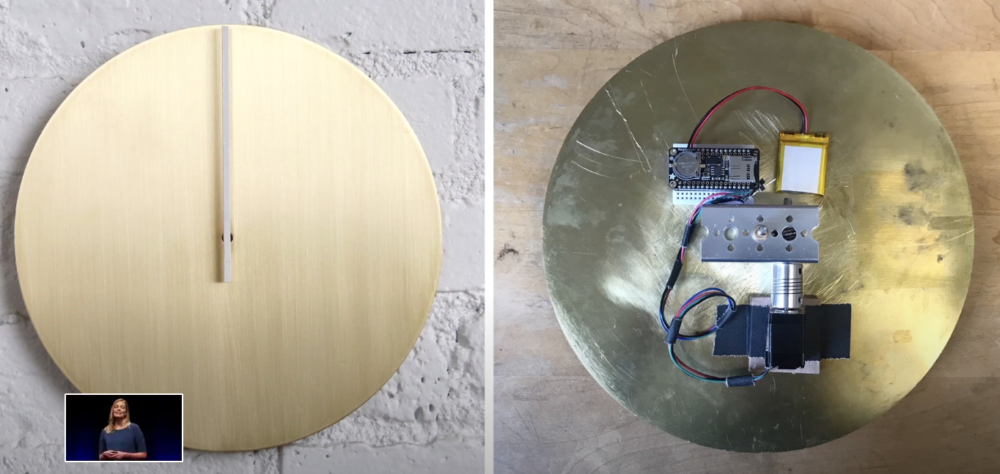
A sunlight poetry pavilion by Jiyeon Song and a related sundial digital clock by Mojoptix.
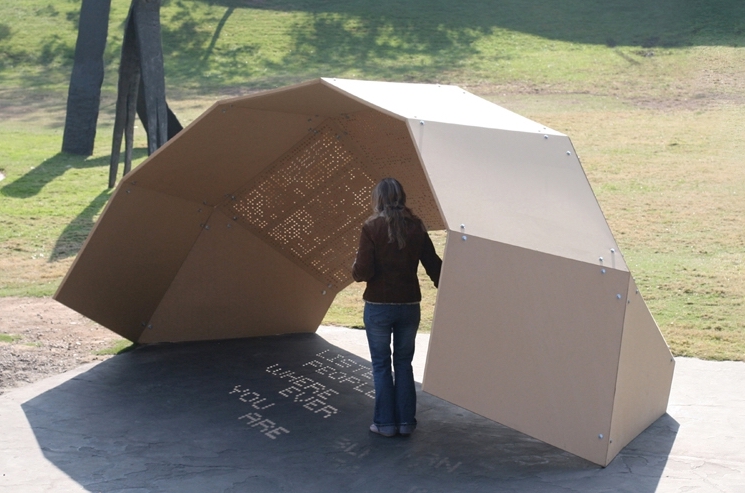
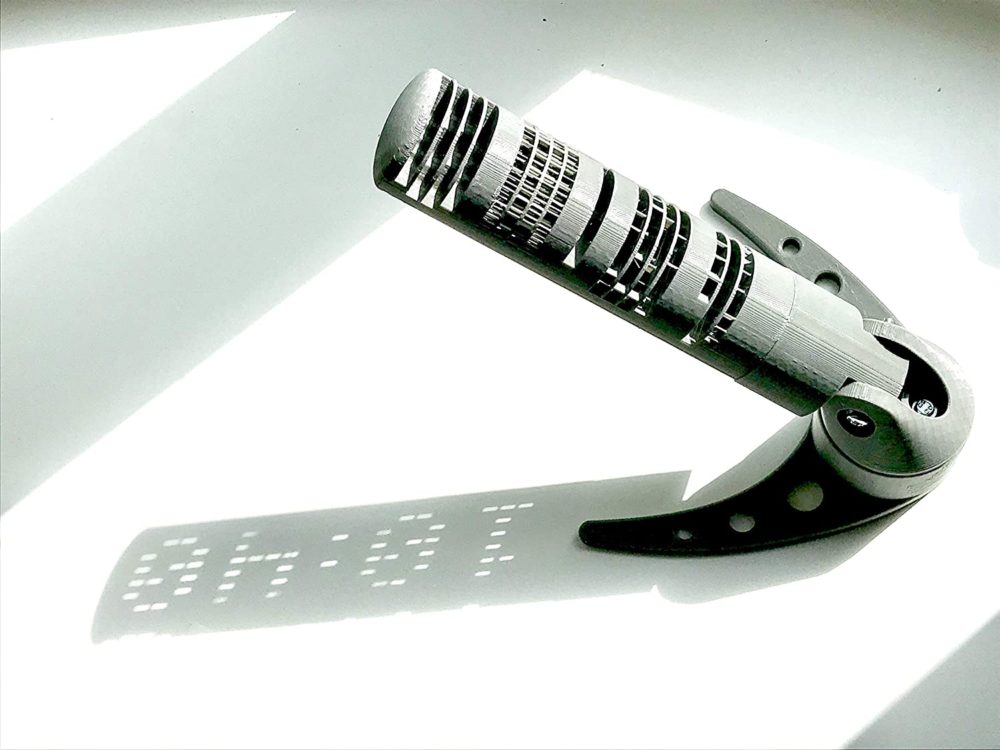
Space Time Coordinates: solar system snapshots of a specific date.
Some unusual DIY clocks [1, 2, 3, 4, 5, 6, 7, 8 ]. Elaborate wooden clocks and their plans. A contemporary Popular Science article on the first quartz wristwatches (note lower powers of 2 for early quartz oscillators).
My moon clocks – version 1, version 2. Version 3 on my workbench now delivered. Four and Five on my bench.
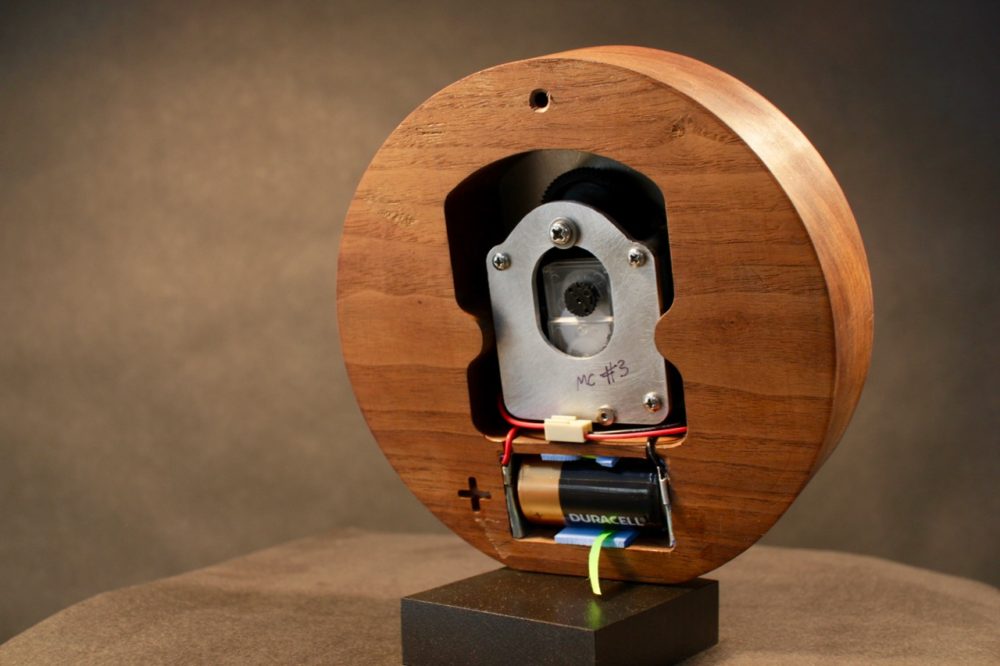
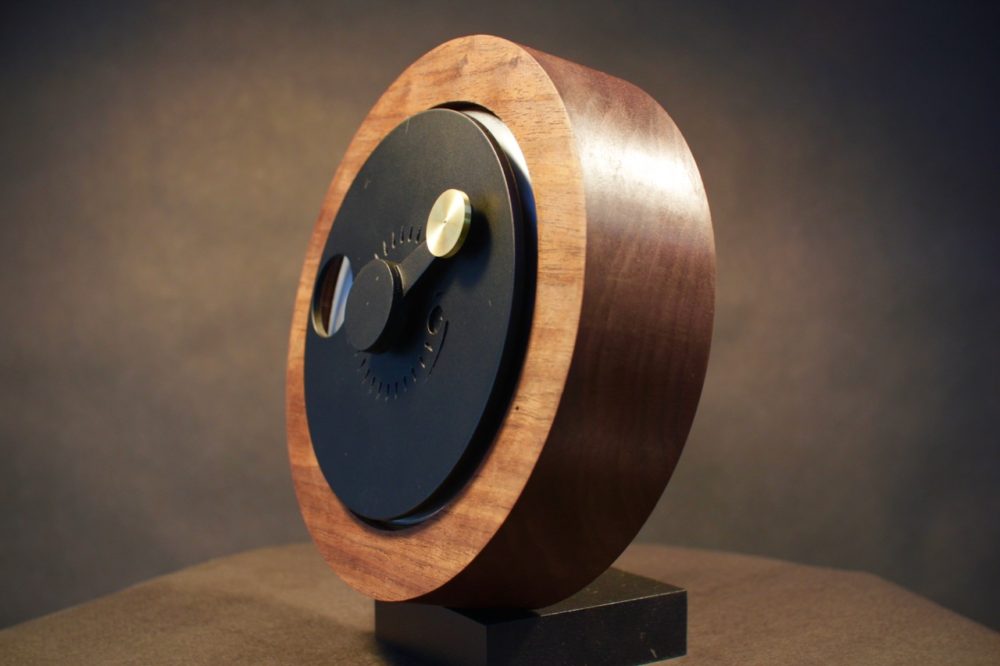
The (slightly larger, not mine!) Aluna Moon and Tide clock (in development?)
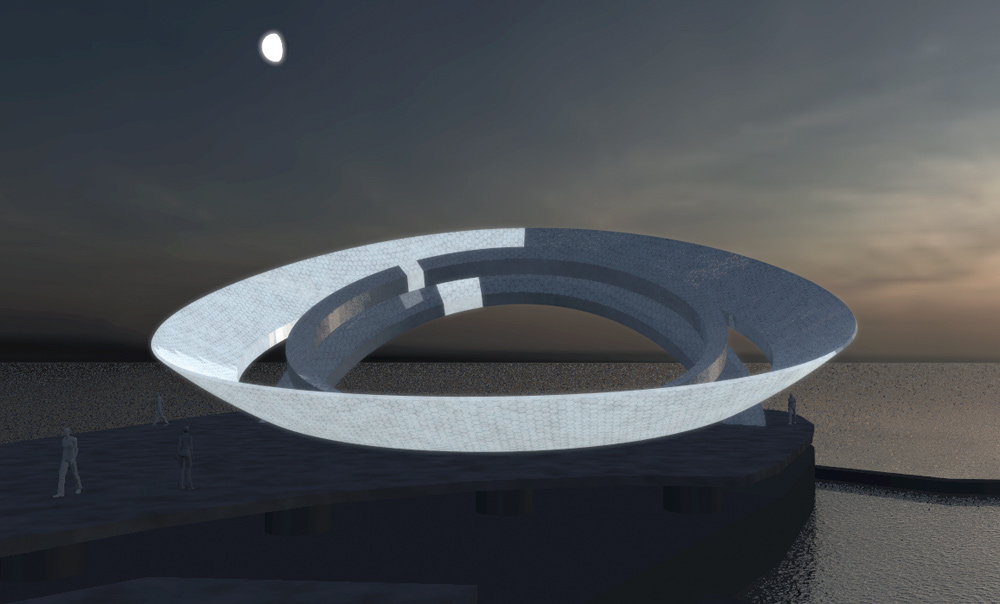
My non-linear clock prototypes use elliptical gears so the clock’s single hand moves at a variable rate, imperceptibly at night and faster during the day.
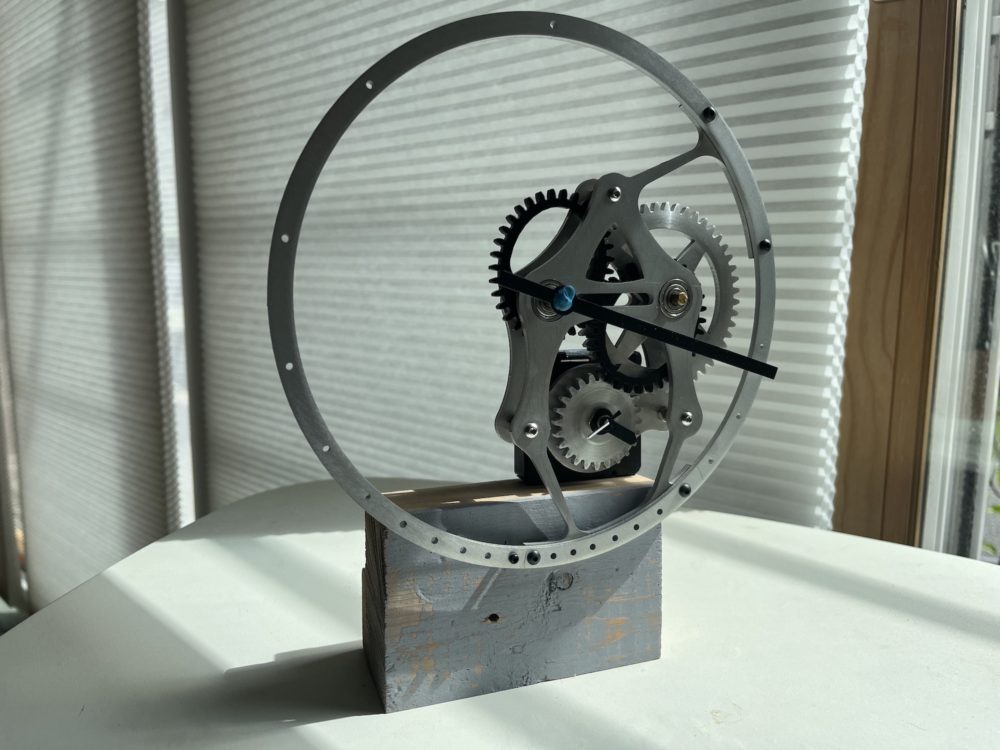
In 2019 the Met Museum staged Making Marvels – Science and Splendor, a fascinating collection of the most cutting edge-materials and machines from 1550 and 1750. The online exhibit catalog is a wealth of fascinating clocks, orrery, volvelles and more.
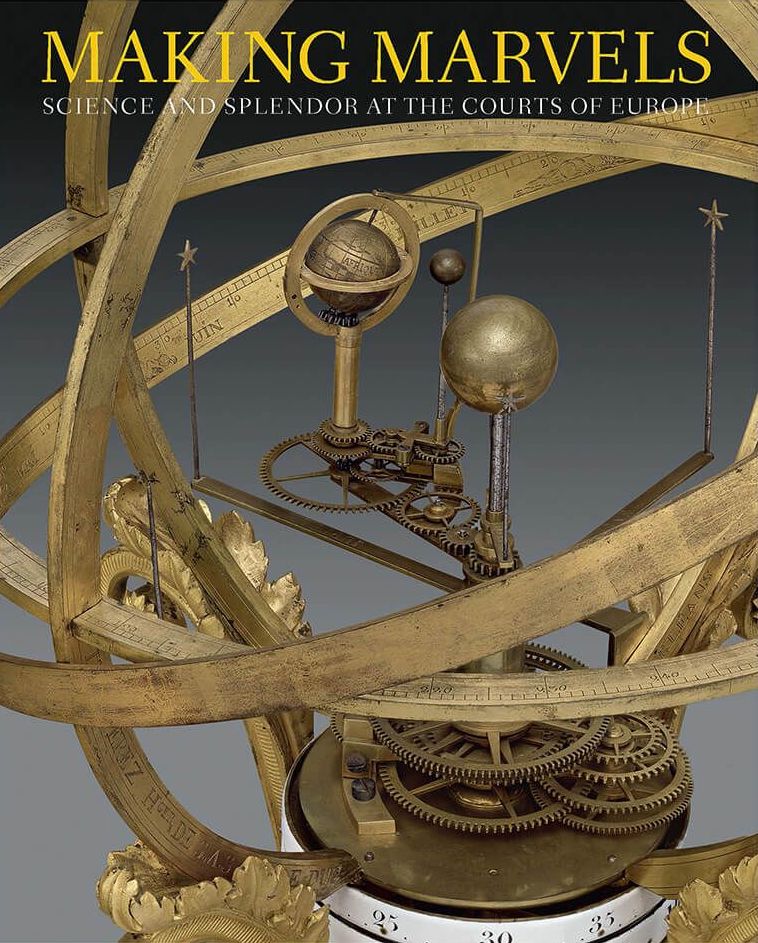
Check out all the weird clocks (and orreries!) artist Tim Hawkinson has made with off-the-shelf quartz movements.
The clock-ish work of Humans Since 1982:
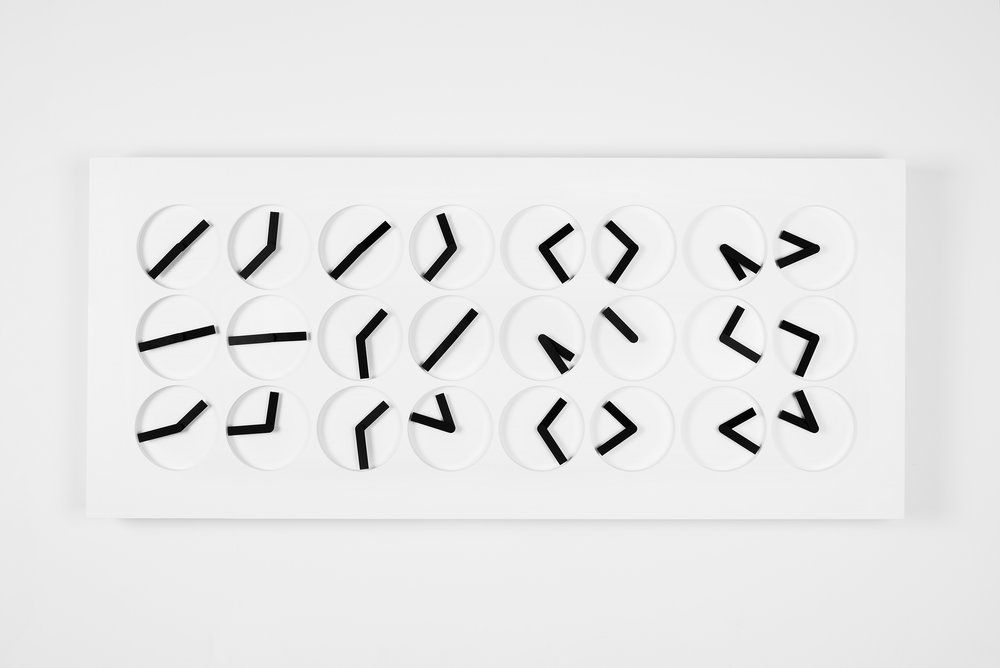
The wild world of Maximilian Büsser and Friends (MB&F).
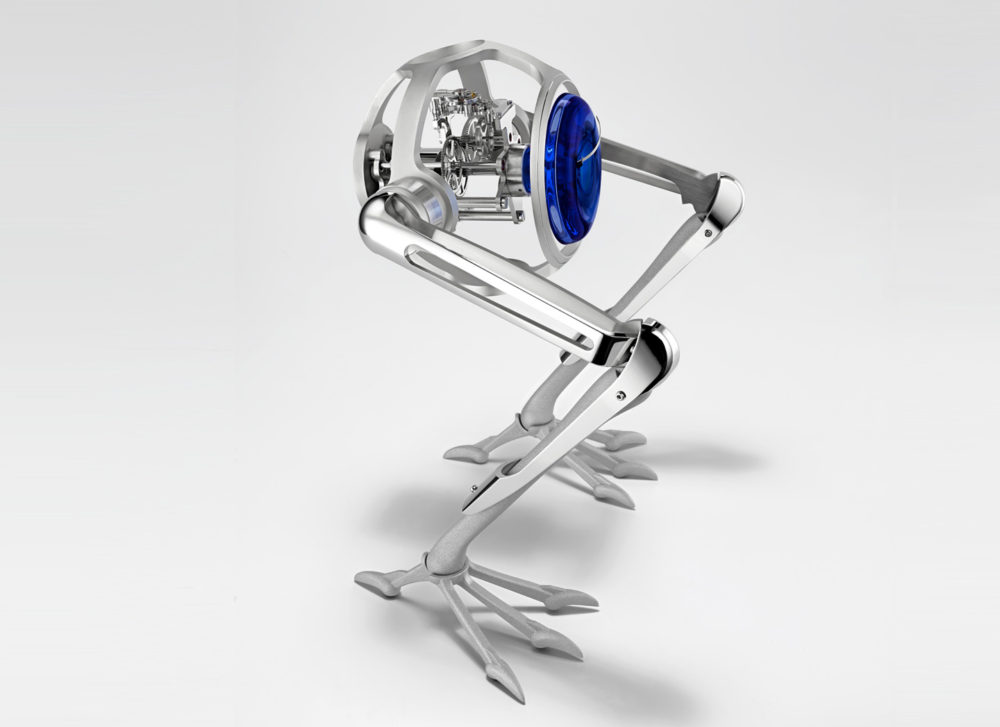
If the Moon Were Only 1 Pixel. Not about time per se, but has the interesting option of scrolling “at” light speed. Related: Power of Ten, especially near minute 2, where the true speed of light is represented.
The Adler Planetarium in Chicago has historical astronomical instruments, including a great example of a polyhedral sundial. (From James H.)
Linnaeus’s Flower Clock and NYTimes’ notes on clock gardening. (From Arnab C.)